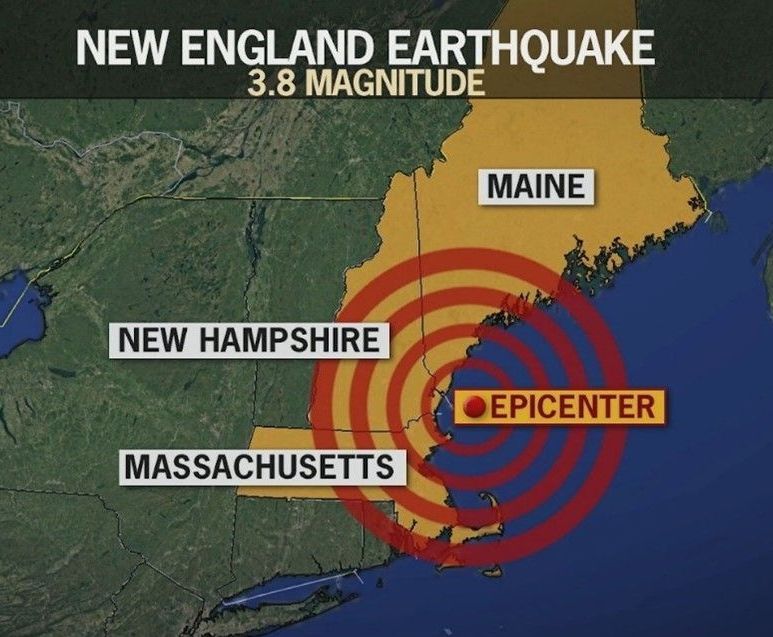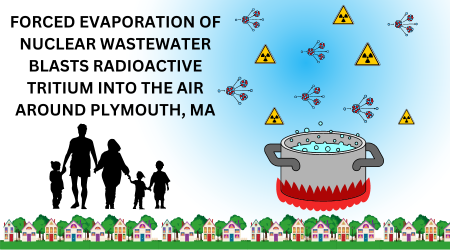Crumbling concrete, risk and regulatory oversight
Watchdogs and scientists are vital to public safety when it comes to structures stressed by age and environmental exposure
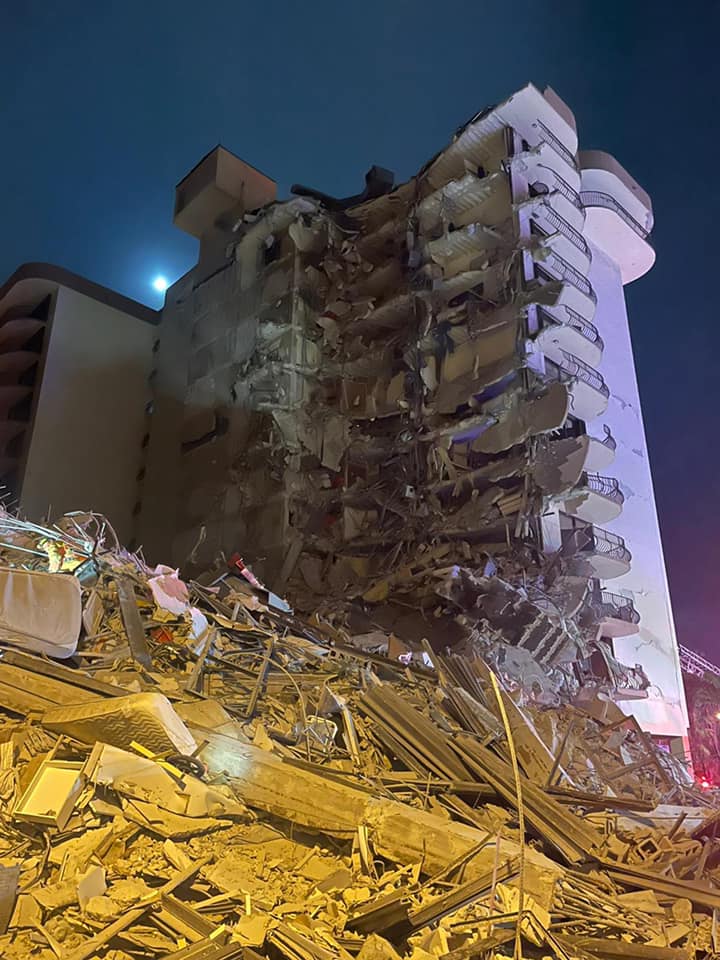
After the tragic collapse of the Champlain Towers South high-rise near Miami, several people have asked C-10 about whether concrete degradation—specifically the type that is affecting the concrete at the Seabrook Station nuclear power plant—is to blame.
“The bottom line is, concrete cracks. It's made to crack. All concrete cracks,” said Allyn Kilsheimer , the renowned structural and forensic engineer hired by the town of Surfside, Florida to investigate this disaster.While it may take months or years for engineers and lawyers to piece together what happened and why , it appears that several interrelated factors may have contributed to the accident, which has resulted in dozens of confirmed deaths, and hundreds more left homeless as another portion of the building was condemned and torn down.
What role did climate change, exposure to humid salt air, and the building’s location on porous limestone play? Did construction methods, aging steel and concrete, or recent work near the structure help “trigger” the shocking collapse in the wee hours of June 24, 2021?
Weak regulations, foot-dragging in the face of expensive repairs
The state building code only requires recertification every 40 years, and that process had recently been started, as the towers were built in 1981. Yet serious structural problems were well-known to the Champlain Towers South homeowners association.
The Washington Post reported that an engineer warned of ‘major structural damage’ years before the Florida condo building collapsed. It was 2018 when Frank P. Morabito’s firm issued a structural survey report that described how the waterproofing below the pool deck and entrance drive had failed, allowing damaging leaks (see image below). There were other problems as well.
To fix these problems was going to cost many millions of dollars—much more than the homeowners association had in the bank. And so time passed. It was another 18 months until Morabito was contracted to provide repair plans.
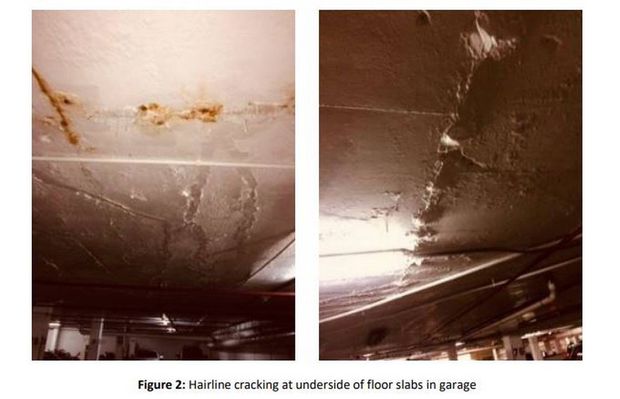
ASR, or similar concrete degradation?
An article about the collapse in Fast Company explained, “another problem with concrete is something referred to as ‘concrete cancer,’ an alkali-silica reaction (ASR) that can make buildings crack and expand.”
“ ASR ,” as C-10 followers will remember from our work on Seabrook safety , is an irreversible and “opportunistic” type of concrete degradation caused by a chemical mismatch between the concrete mix and the aggregate, that—in the presence of relative humidity above 60 percent, results in the formation of a gel that causes microcracks—and eventually larger cracks and even “bulk deformations.”
Did ASR, or a similar type of concrete degradation play a role in the tower’s collapse? We don’t yet know.
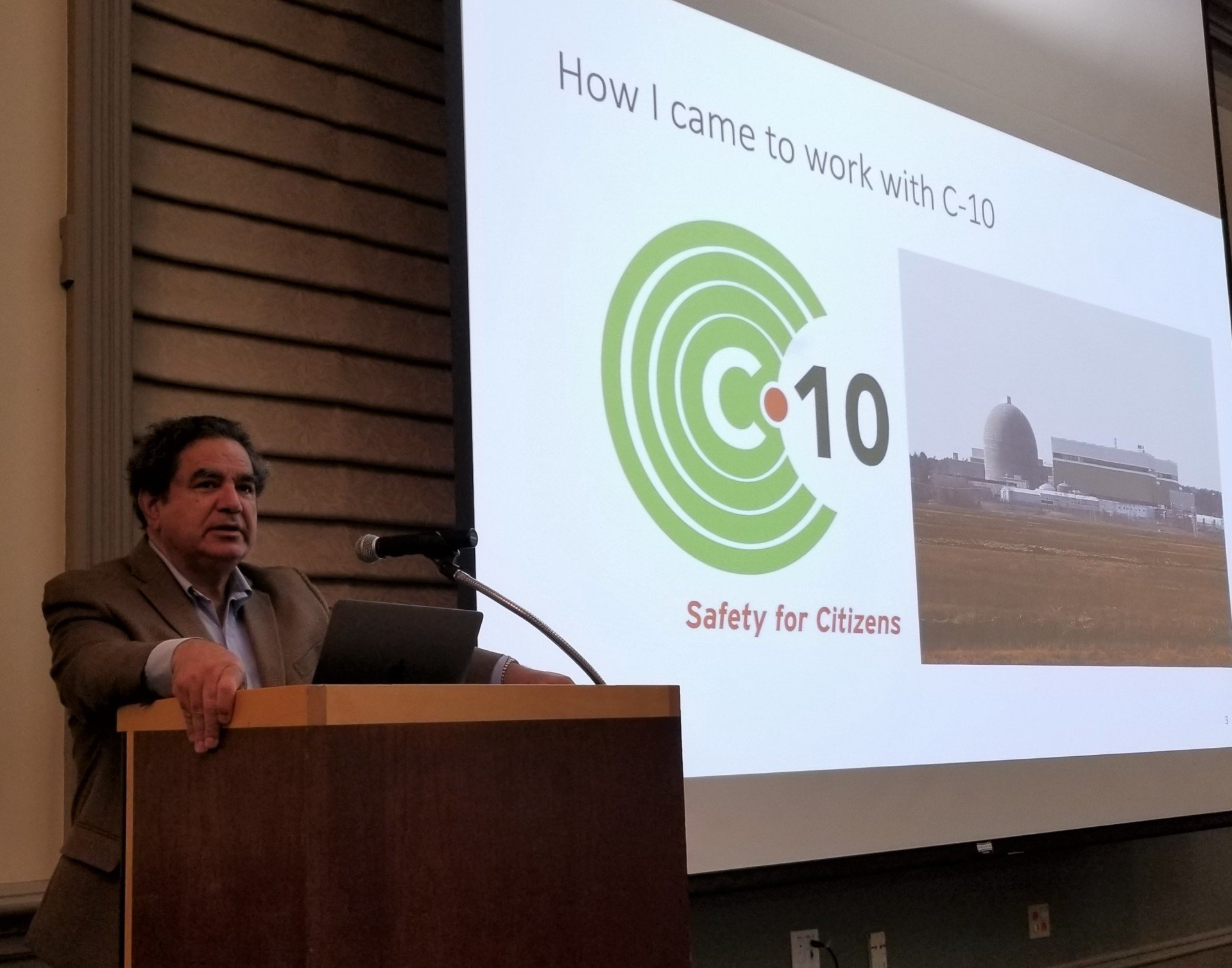
Science in the public interest
After the collapse, I reached out to Dr. Victor Saouma , the internationally recognized concrete expert who assisted C-10 in our legal challenge to the management of Seabrook Station’s degrading concrete.
Dr. Saouma posited that a combination of poor maintenance, weak regulations, and procrastination by homeowners faced with very large costs to fix their building likely contributed to the Florida high-rise tragedy.
Saouma and his colleague M. Amin Hariri-Ardebili recently published a book: “ Aging, Shaking and Cracking of Infrastructures - From Mechanics to Concrete Dams and Nuclear Structures ” (Springer, 2021).
That text will no doubt be referenced in the coming months as civil engineers, state regulators and city planners give a closer look to their own ordinances and practices meant to ensure the safety of everything from bridges to skyscrapers —especially for structures built near rising seas and in the face of more frequent extreme weather and flooding.
Demonstrating the importance of academicians in solving real-life problems, Saouma is working to develop a course called “Studies in Material and Structural Failures” at the University of Colorado, Boulder, where he is a professor of civil engineering.
“The Miami building collapse reminded the public about the role of structural engineers in safety assessment,” said Saouma. Yet our academic curriculum is not well-suited to train students to acquire the required skillset for such tasks.”
Saouma’s course will focus on three areas:
- Inspection, document review, material evaluation and testing, and structural analyses;
- Theory to assist with interpretation of observation and test results on a range of material aging issues relative to concrete and steel, including alkali-silica reaction;
- Remedies, repairs and recommendations.

Calculating risk in the absence of robust regulation
As we detailed in a recent blog , the US Nuclear Regulatory Commission (NRC) is considering extreme license extensions for nuclear reactors, of up to 100 years. But in C-10’s view, the agency does not have an adequate plan (much less regulations) to handle concrete aging conditions like ASR.
"At issue here is how to make a prediction of remaining service life," writes Saouma about Seabrook Station in his new book (pg. 988). "And of course, service life must be reasonably safe as required by federal law (the Atomic Energy Act). In pursuing this important (if not vital) task, [Seabrook owner] NextEra was confronted with a common problem plaguing engineers who pursue similar objectives."
"The first, Saouma writes, "is a glaring absence of codes for the assessment of existing structures. This is particularly troublesome when the aging of our infrastructure is widely recognized. The second is the danger of entrusting engineers, reared in the design of new structures, with the safety assessment of older ones. Those two tasks require two very different skillsets" (pg. 989).
"It is evident that rather than regulating ASR, the NRC instead subcontracted the work of determining how to assess the extent and gravity of ASR at Seabrook to the very same corporation it is supposed to oversee. While the NRC posed a number of questions to NextEra during its technical review, the agency did not exercise due diligence in scrutinizing the scientific validity of NextEra’s response. Unfortunately, this is reminiscent of the problem that came to plague the Boeing 737 MAX," wrote Saouma regarding the role of the NRC (pg. 990).
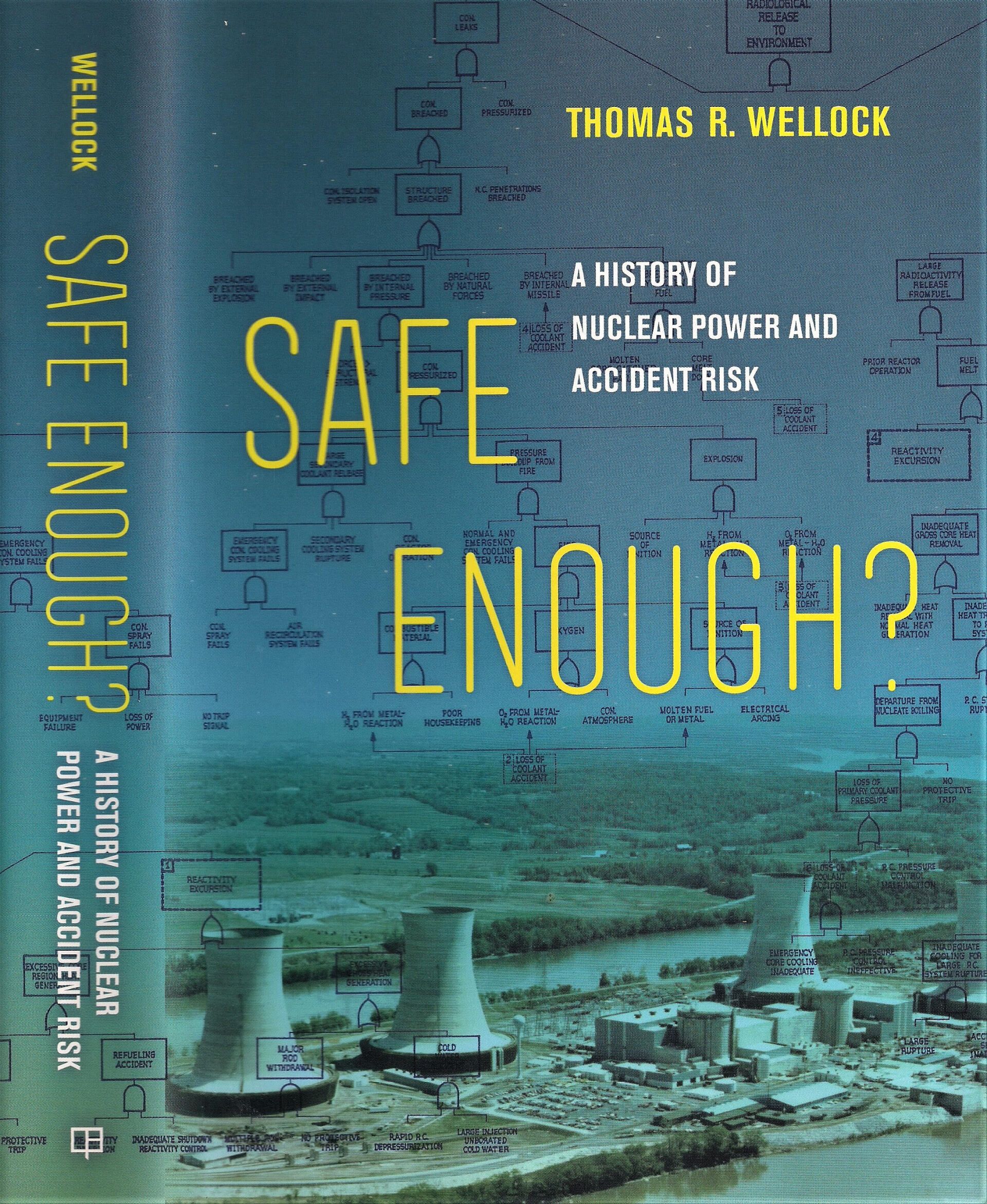
Safe Enough?
This brings to mind the latest book on my reading list: “ Safe Enough? A History of Nuclear Power and Accident Risk ” by Thomas R. Whelock.
As the publisher describes: “Since the dawn of the Atomic Age, nuclear experts have labored to imagine the unimaginable and prevent it. They confronted a deceptively simple question: When is a reactor “safe enough” to adequately protect the public from catastrophe?
Some experts sought a deceptively simple answer: an estimate that the odds of a major accident were, literally, a million to one. Far from simple, this search to quantify accident risk proved to be a tremendously complex and controversial endeavor, one that altered the very notion of safety in nuclear power and beyond.”
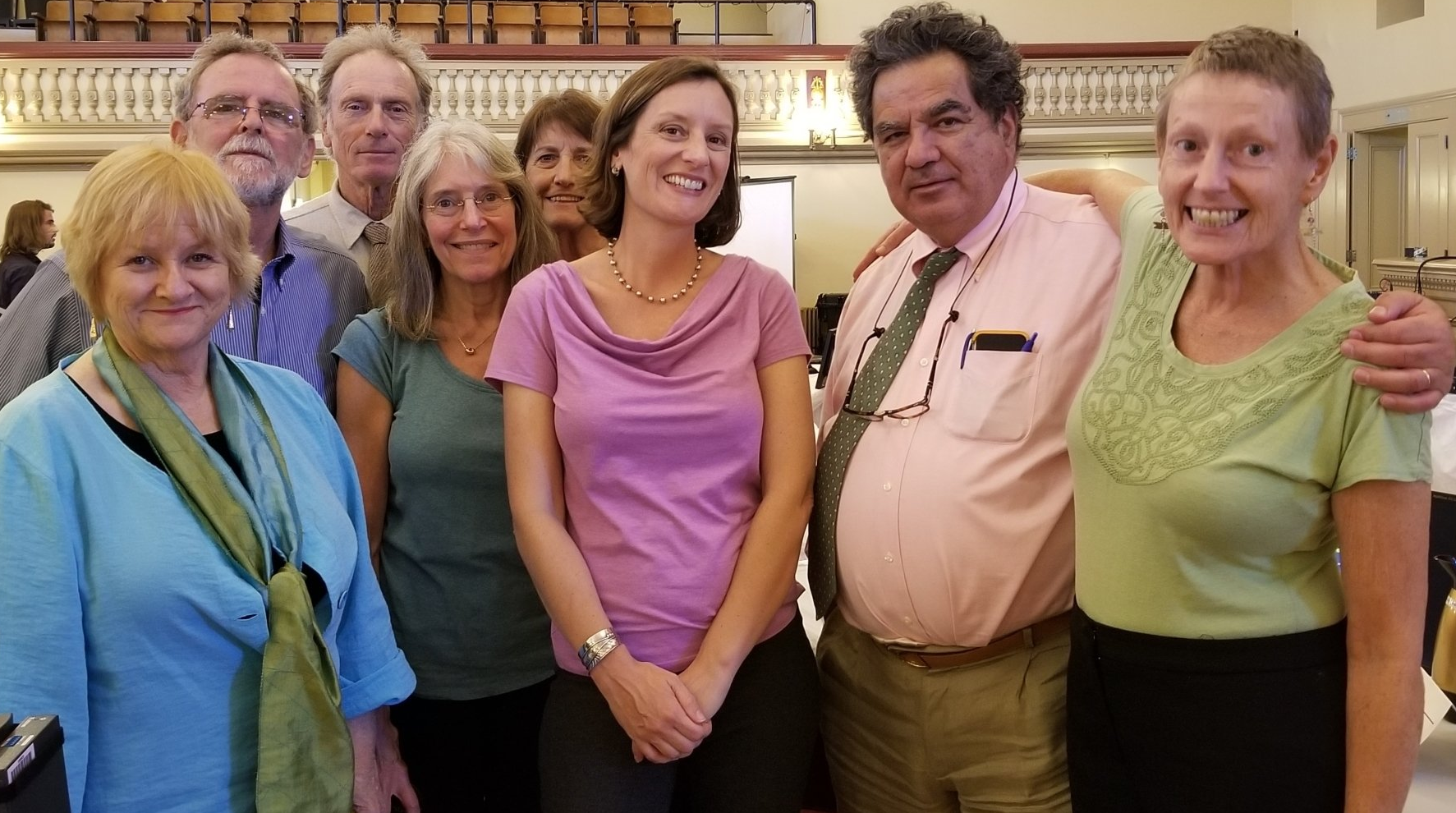
Citizens have a role to play
As an organization dedicated to protecting people and the natural environment, C-10 believes in the power of sound regulations. We also know that there are many factors, including human nature and financial calculus, that necessitate the active involvement by a variety of stakeholders in policy decisions—whether it’s regarding the safety of buildings, bridges, or nuclear reactors.
“The power of an educated and concerned public in advocating for strong, science-based regulation cannot be underestimated,” wrote Saouma in his epilogue to his book. “C-10—a small but determined NGO, relying heavily on volunteer efforts—has monitored the operation of the Seabrook nuclear plant since it began operating. After ASR was discovered at Seabrook in 2009, C-10 quickly perceived that ASR was not only a major safety challenge to Seabrook, but also a potential problem at other nuclear plants," (pg. 1027).
"C-10 then used the NRC’s legal process to force a desperately-needed scientific review on Seabrook’s concrete aging management plan. And C-10 brought about the imposition of license conditions which are essential to any future confidence in the safety of Seabrook. This is a remarkable achievement for a single nuclear plant, and it seems reasonable to hope that the science-based approach advocated here will influence how future ASR policy is made for a range of circumstances,” wrote Saouma.
C-10 will keep watching and speaking out for the safety of Seabrook’s neighbors, and advocating for thoughtful regulation of the nation’s aging nuclear reactors. One can only hope that the tragedy in Surfside will spur greater public involvement and stronger oversight of other aging concrete structures in a changing world.
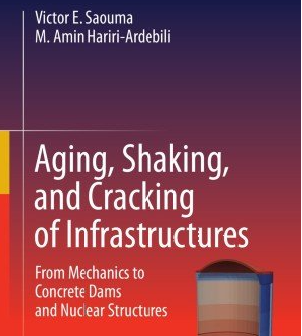
Follow us

